Bamboo badminton court’s sustainable architecture is guided by function
Studio Jencquel and Ibuku showcase sustainable architecture at its best in this Kura Kura based badminton court in Bali
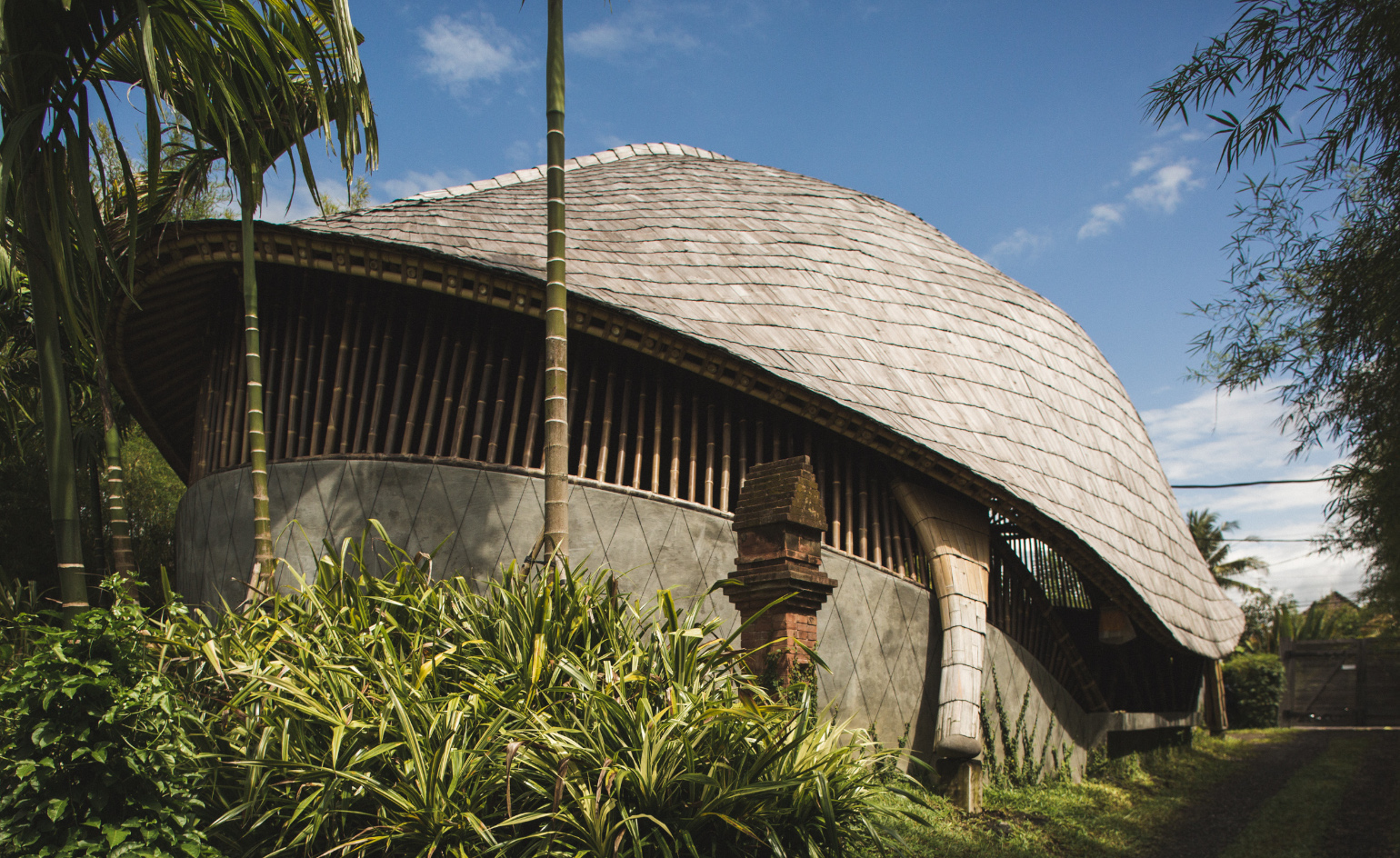
Tommaso Riva - Photography
Studio Jencquel and Ibuku’s Kura Kura project is an architectural treasure tucked away in the mountains of Bali. At 200 sq m, this bamboo badminton court structure is a modest but intriguing feature of the leafy grounds of the Rumah Hujan Estate in Ubud, designed around sustainable architecture principles.
Intended initially as a paddle tennis court, the project evolved organically into a badminton court, when Studio Jencquel founder Maximilian Jencquel realised that Indonesia’s national sport would be a more fitting addition to the estate’s grounds. Aside from being a visual highlight, the building contributes to a wave of striking bamboo-based architecture in Bali.

Recently, in search of more sustainable solutions, local designers have looked increasingly towards traditional building methods from the region’s vernacular. In designing Kura Kura, Jencquel collaborated with design studio Ibuku – who have been setting a precedent in modern uses for bamboo in design and construction within Indonesia with projects such as The Green School and a yoga studio design. Similarly, the court pays its respects to Bali culture, making the most of traditionally used and locally sourced bamboo throughout.
The structure of the court itself provides the home behind it with a sort of privacy screen from the street. Meanwhile, its intriguing bamboo roof tiles and proud stance serve as a dramatic introduction to the Rumah Hujan Estate’s grounds. Comfortably aligned with nature, the silhouette sits harmoniously in the landscape and its curved roof is guided by its function. The design for the court’s top organically progressed from a (more conventional) boxy juxtaposition to Bali’s natural landscape into a dome reminiscent of a turtle’s shell. In terms of practicality, the form serves to accommodate the arched path of the shuttlecock, and ends up using only the space it needs; demonstrating efficiently how it can avoid both material waste and imposition on the environment.
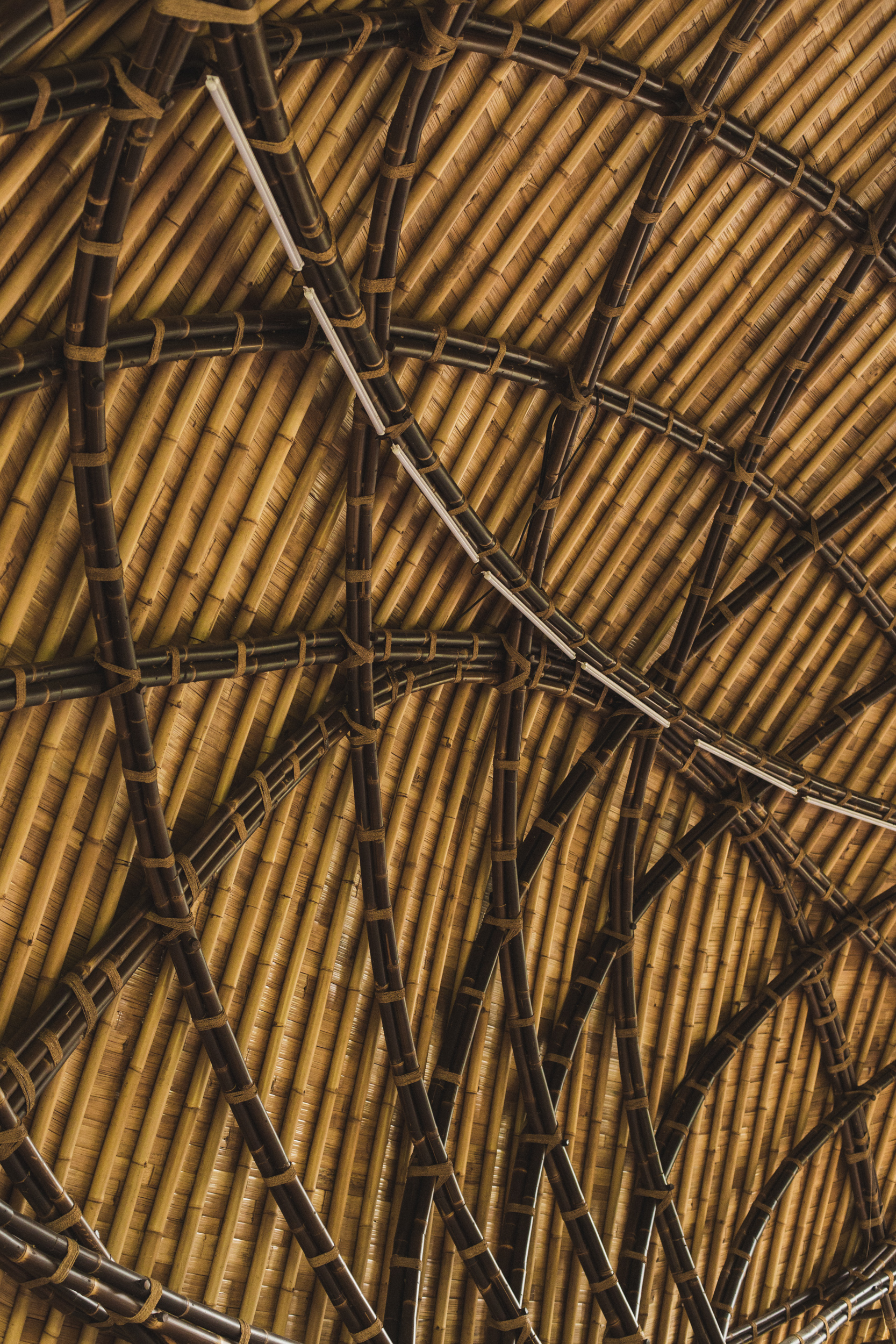
The roof, upheld by bamboo pillars and lined in swathes of contrastingly toned wood, stands at varying distances above the ground. A gap between walls and roof allows airflow and means it can be used year-round, letting in the outside breeze.
The use of bamboo draws us back to the cultural roots of Bali, it upholds an ethos of sustainable architecture, and trusts the wisdom of methods used traditionally in the region. Jencquel’s choice of material also introduced a rare species of dark-toned bamboo, sourced from the ravines of Bali and the nearby town of Java. Alongside its lighter coloured counterpart, it provides a pleasing contrast and pattern. Basket-woven wood, which takes 3-4 years to mature, makes up the entirety of the overhead structure, while rubber flooring ensures the court is deftly fit for its sport and purpose.

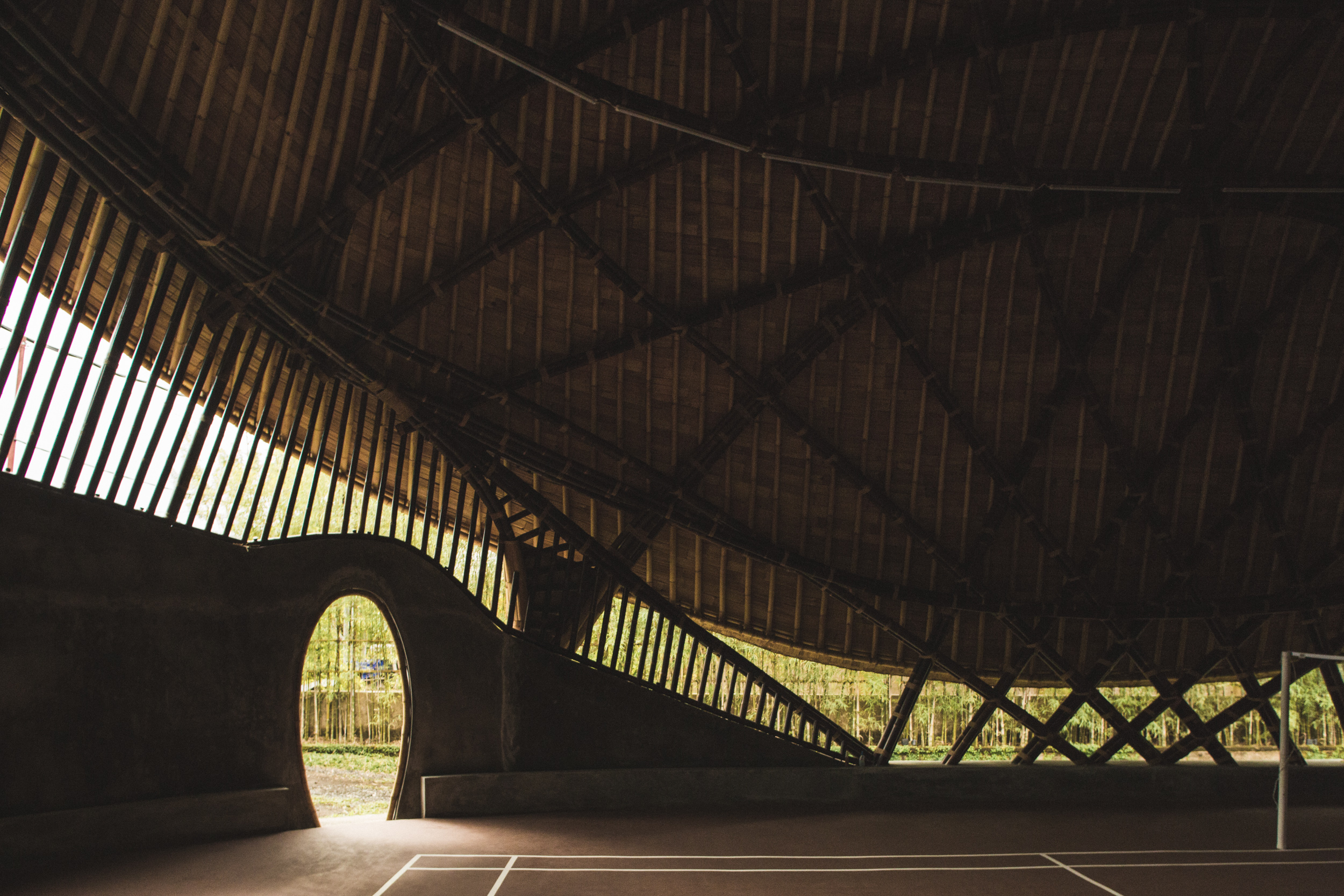

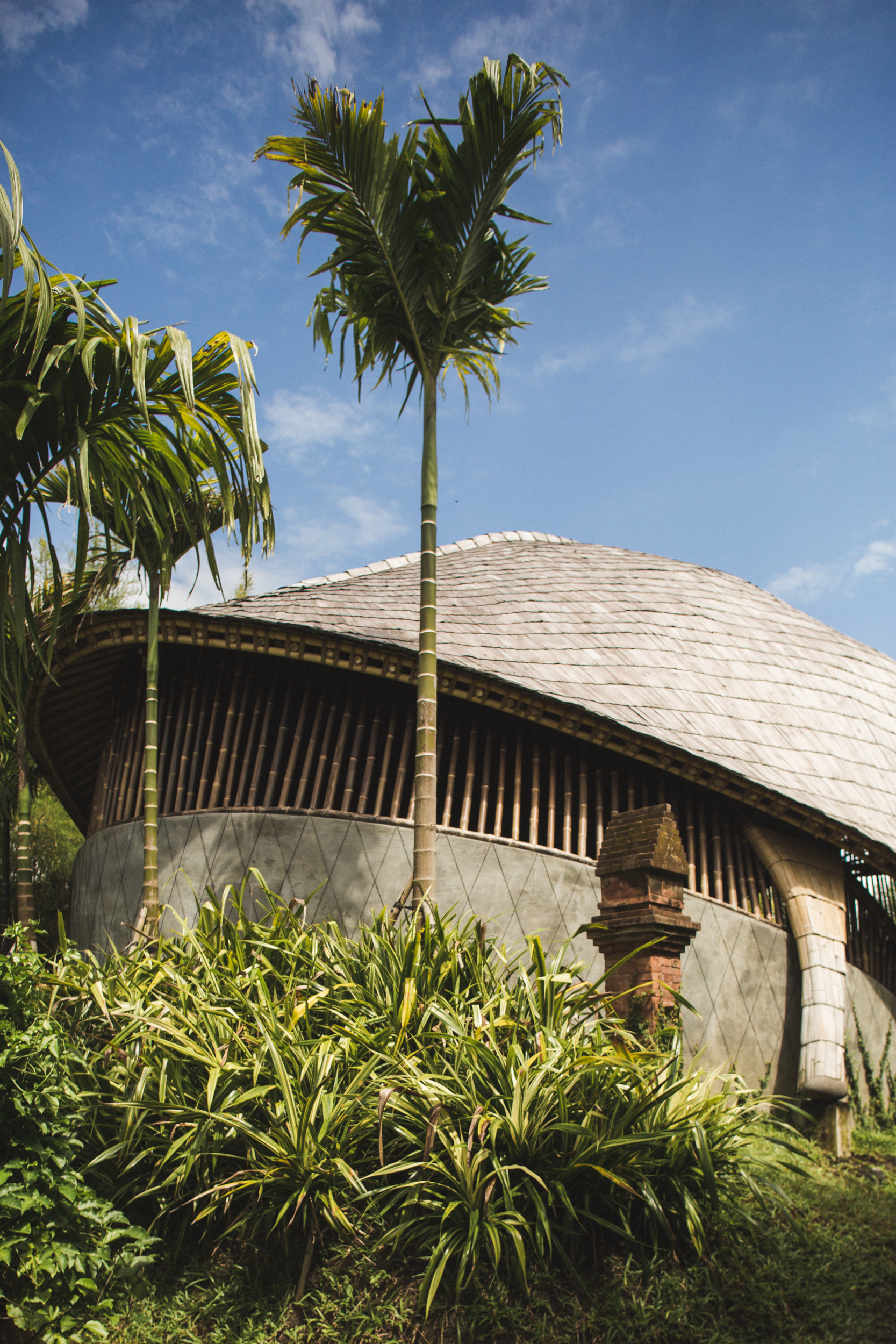
INFORMATION
Receive our daily digest of inspiration, escapism and design stories from around the world direct to your inbox.
Martha Elliott is the Junior Digital News Editor at Wallpaper*. After graduating from university she worked in arts-based behavioural therapy, then embarked on a career in journalism, joining Wallpaper* at the start of 2022. She reports on art, design and architecture, as well as covering regular news stories across all channels.
-
 Artist Shaqúelle Whyte is a master of storytelling at Pippy Houldsworth Gallery
Artist Shaqúelle Whyte is a master of storytelling at Pippy Houldsworth GalleryIn his London exhibition ‘Winter Remembers April’, rising artist Whyte offers a glimpse into his interior world
-
 Little gift ideas from the Wallpaper* editors
Little gift ideas from the Wallpaper* editorsThese micro icons, from design and beauty pieces to tech and fashion, are ideal for filling stockings this festive season
-
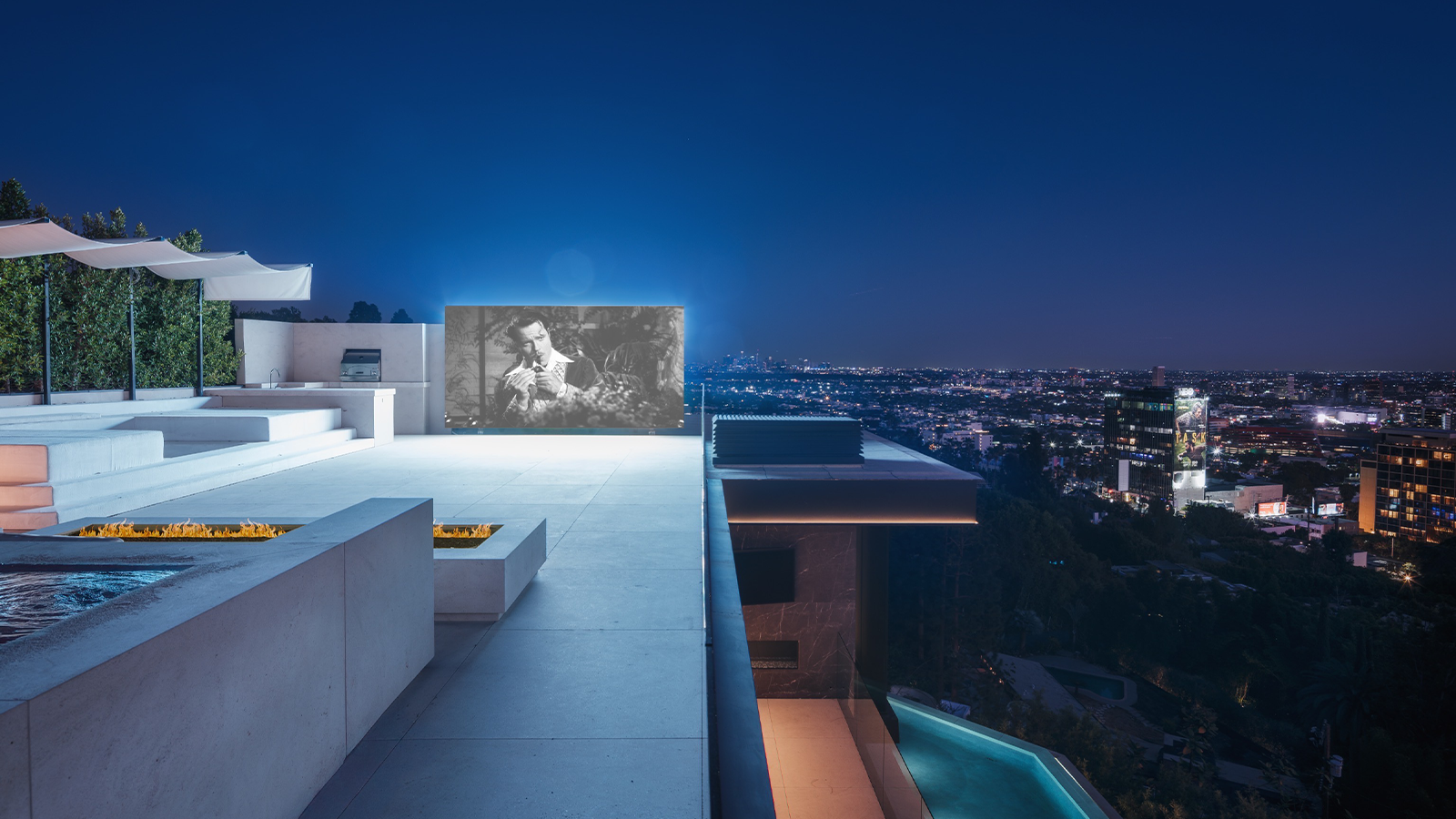 Tour this contemporary Sunset Strip home, a vision that took _By.Alexander 14 years to complete
Tour this contemporary Sunset Strip home, a vision that took _By.Alexander 14 years to completeDesigned by the music producer, alongside architect Paul McClean, this hillside Los Angeles home, fully equipped with an indoor nightclub, spa, sports amenities, and more is now on the market for $85m
-
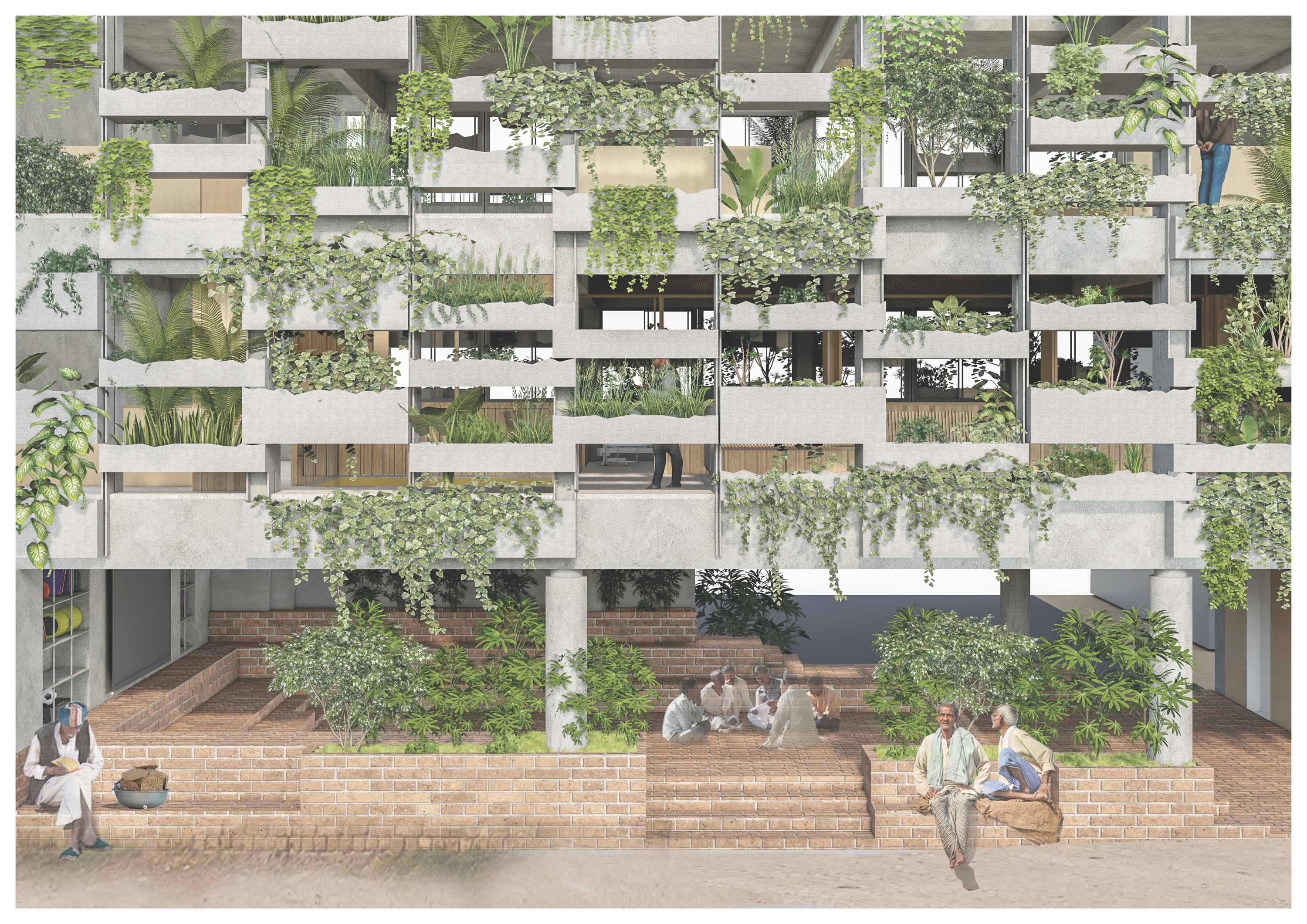 Holcim Foundation Awards celebrate sustainability with 20 winners; Sou Fujimoto explains all
Holcim Foundation Awards celebrate sustainability with 20 winners; Sou Fujimoto explains allThe 2025 Holcim Foundation Awards have just been announced, crowning 20 projects from across the globe as the most inspirational schemes in the field of sustainable architecture; we caught up with Asia Pacific jury chair Sou Fujimoto to find out more
-
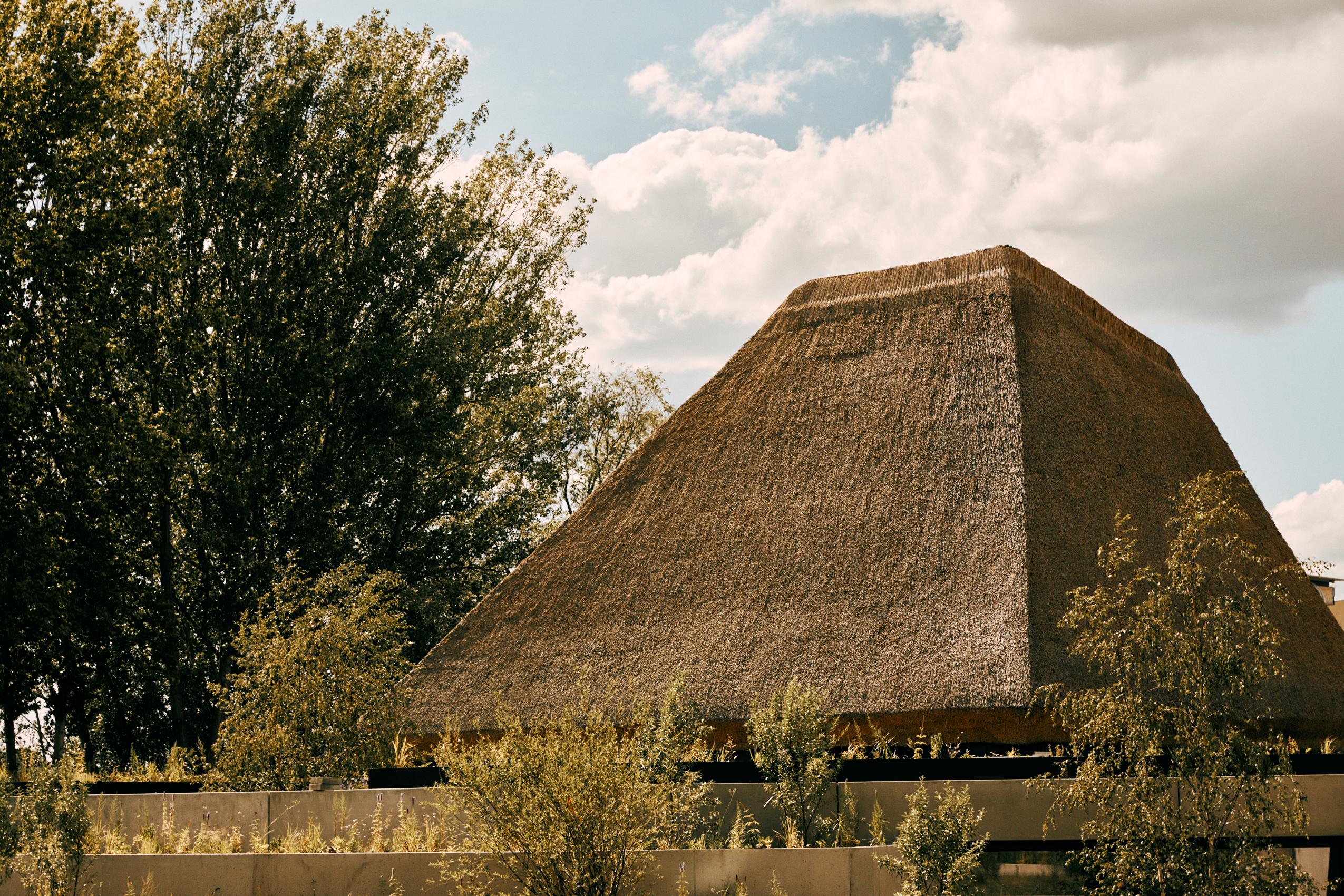 What are biomaterials? Everything you need to know about Mother Nature's building blocks
What are biomaterials? Everything you need to know about Mother Nature's building blocksCould the cities of the future be grown from plants, bacteria and fungi? Architects explain
-
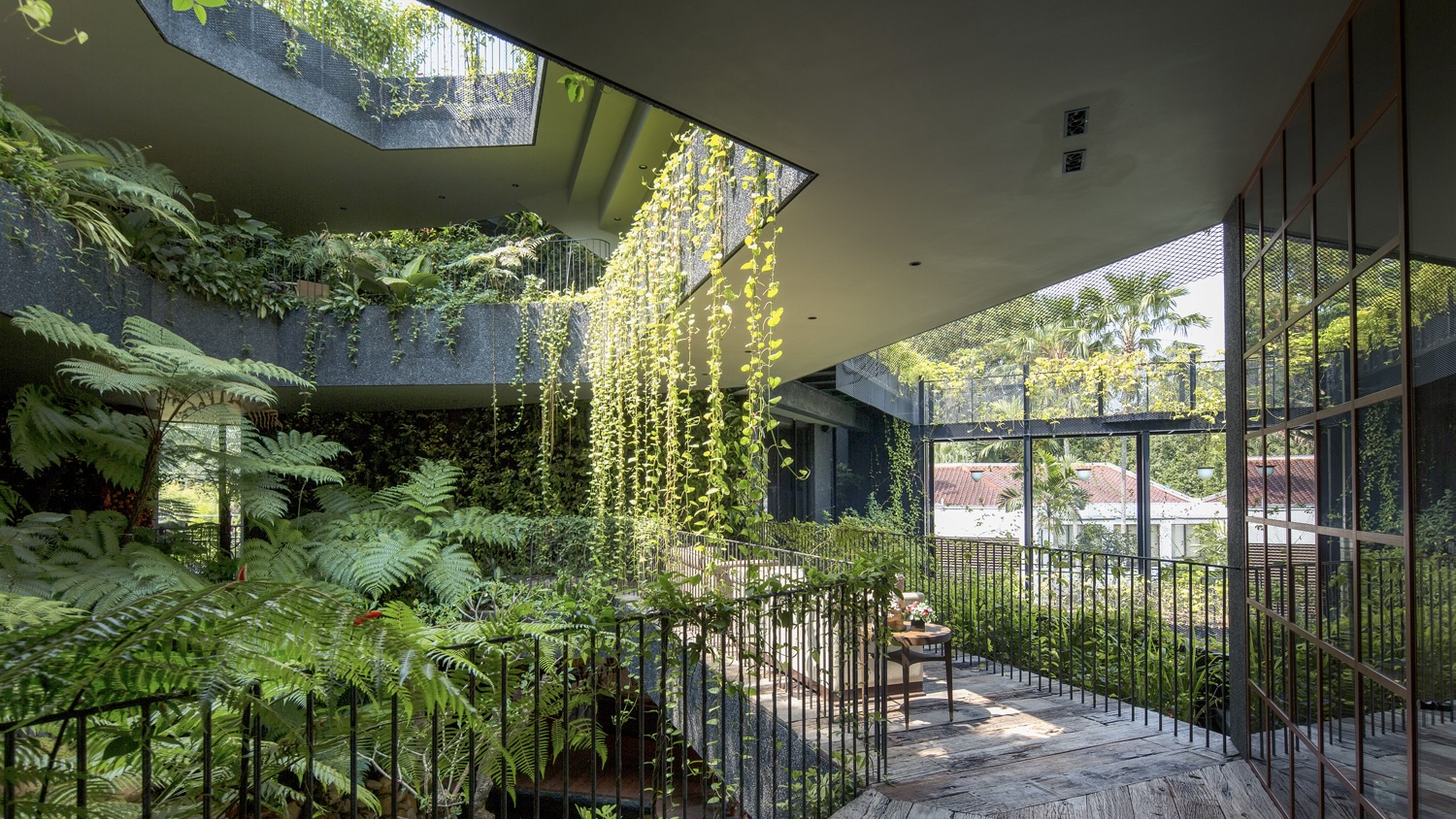 What is eco-brutalism? Inside the green monoliths of the movement
What is eco-brutalism? Inside the green monoliths of the movementThe juxtaposition of stark concrete and tumbling greenery is eminently Instagrammable, but how does this architectural movement address the sustainability issues associated with brutalism?
-
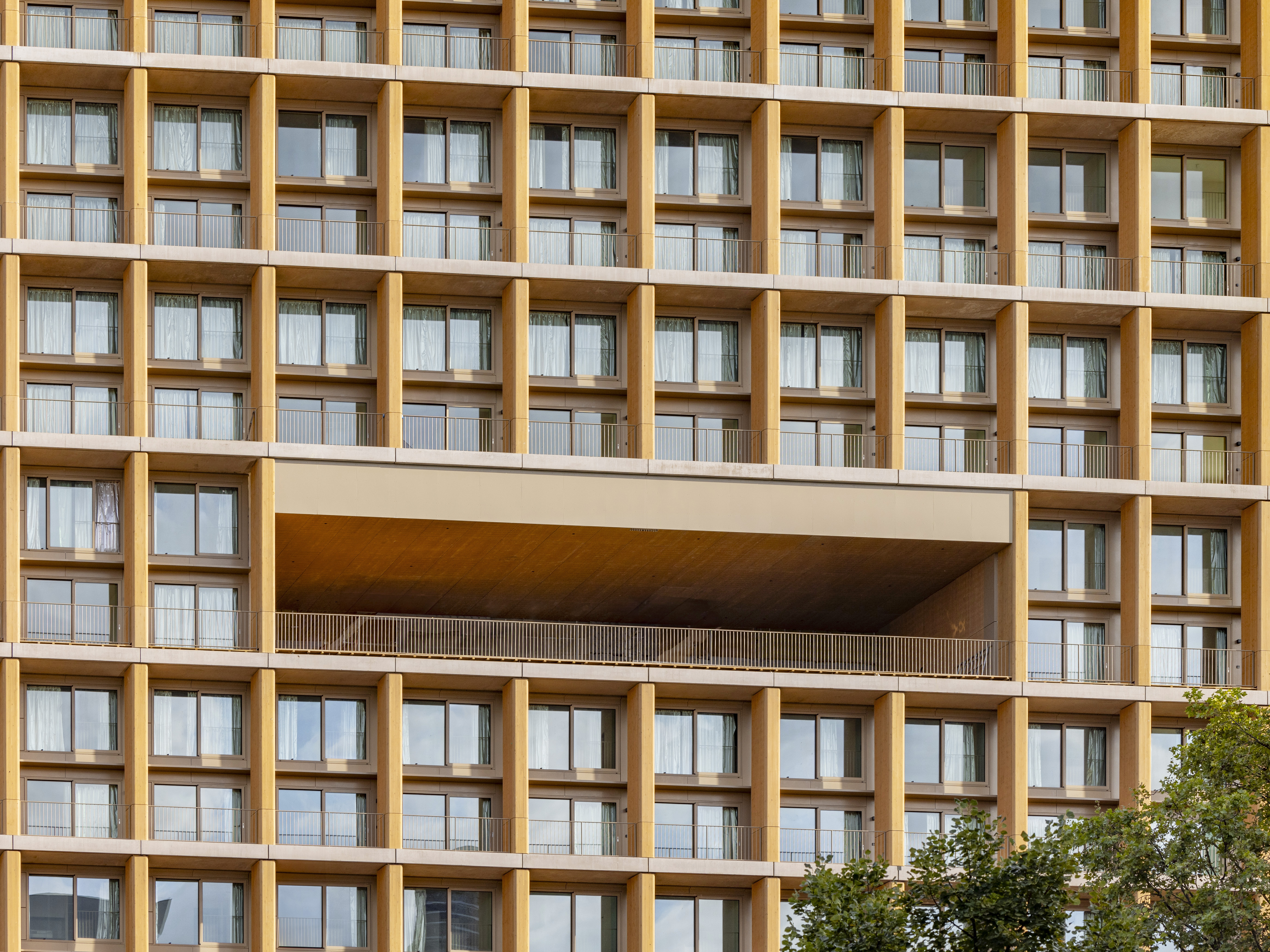 Explore wood architecture, Paris' new timber tower and how to make sustainable construction look ‘iconic’
Explore wood architecture, Paris' new timber tower and how to make sustainable construction look ‘iconic’A new timber tower brings wood architecture into sharp focus in Paris and highlights ways to craft buildings that are both sustainable and look great: we spoke to project architects LAN, and explore the genre through further examples
-
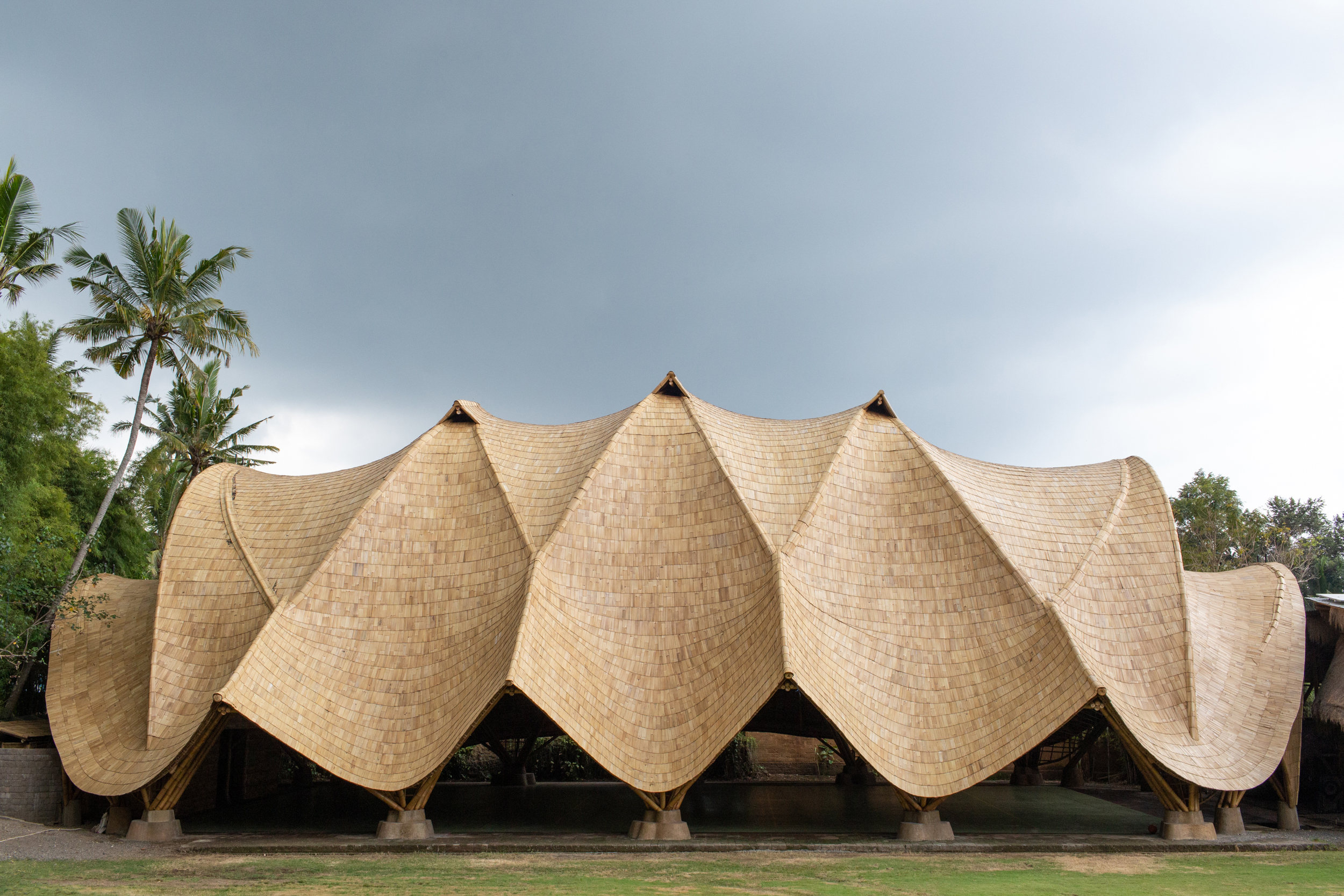 Building with bamboo: In Bali, designer, Elora Hardy, shares her tips and experience
Building with bamboo: In Bali, designer, Elora Hardy, shares her tips and experienceBamboo architecture can be powerful and sustainable; here, we talk to Ibuku's Elora Hardy, who shares her tips, thoughts and experience in working with the material in Bali
-
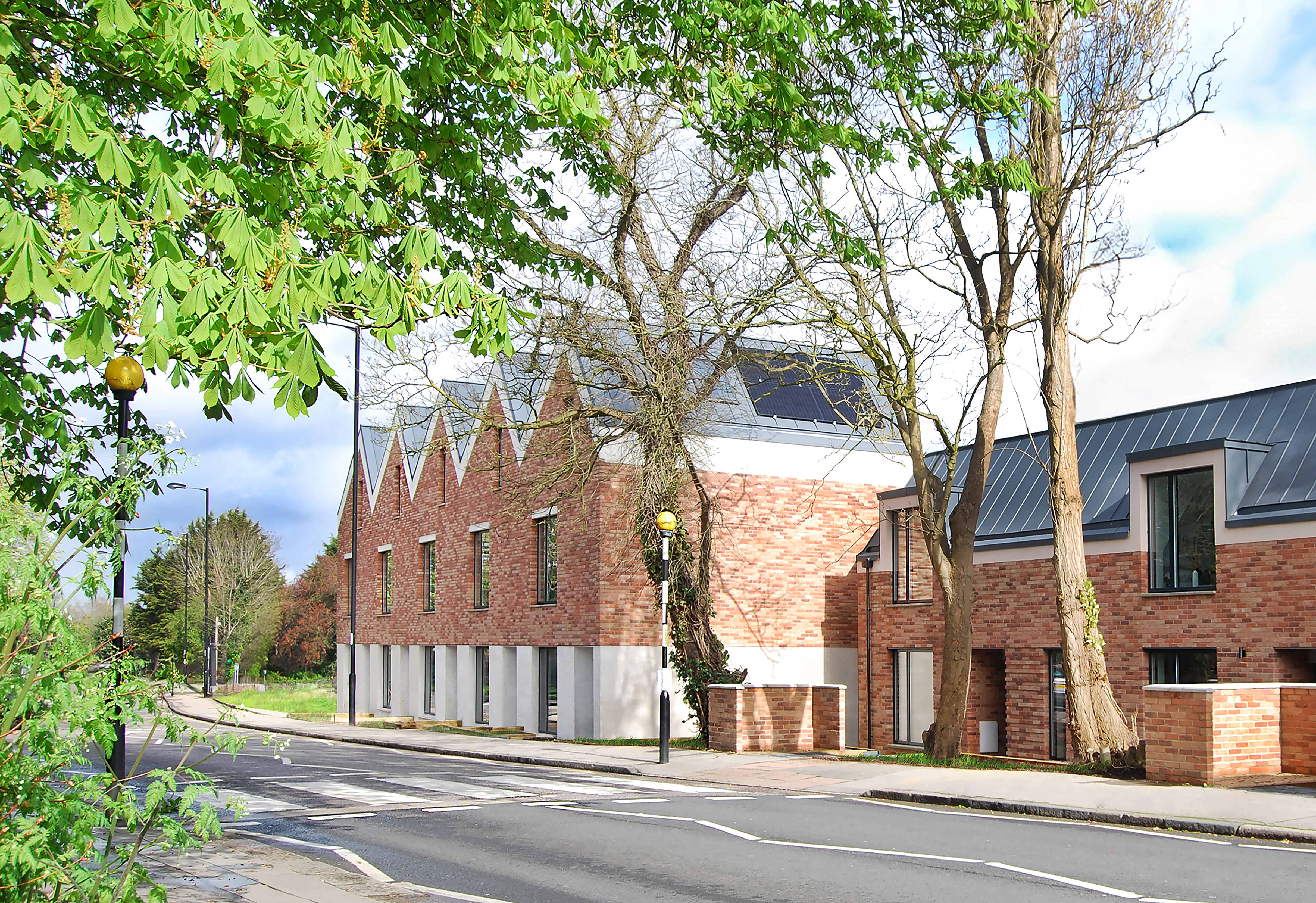 Hermitage Mews is a net-zero family of homes in London’s Crystal Palace
Hermitage Mews is a net-zero family of homes in London’s Crystal PalaceHermitage Mews by Gbolade Design Studio is a sustainable residential complex in south London's Crystal Palace, conceived to be green and contextual
-
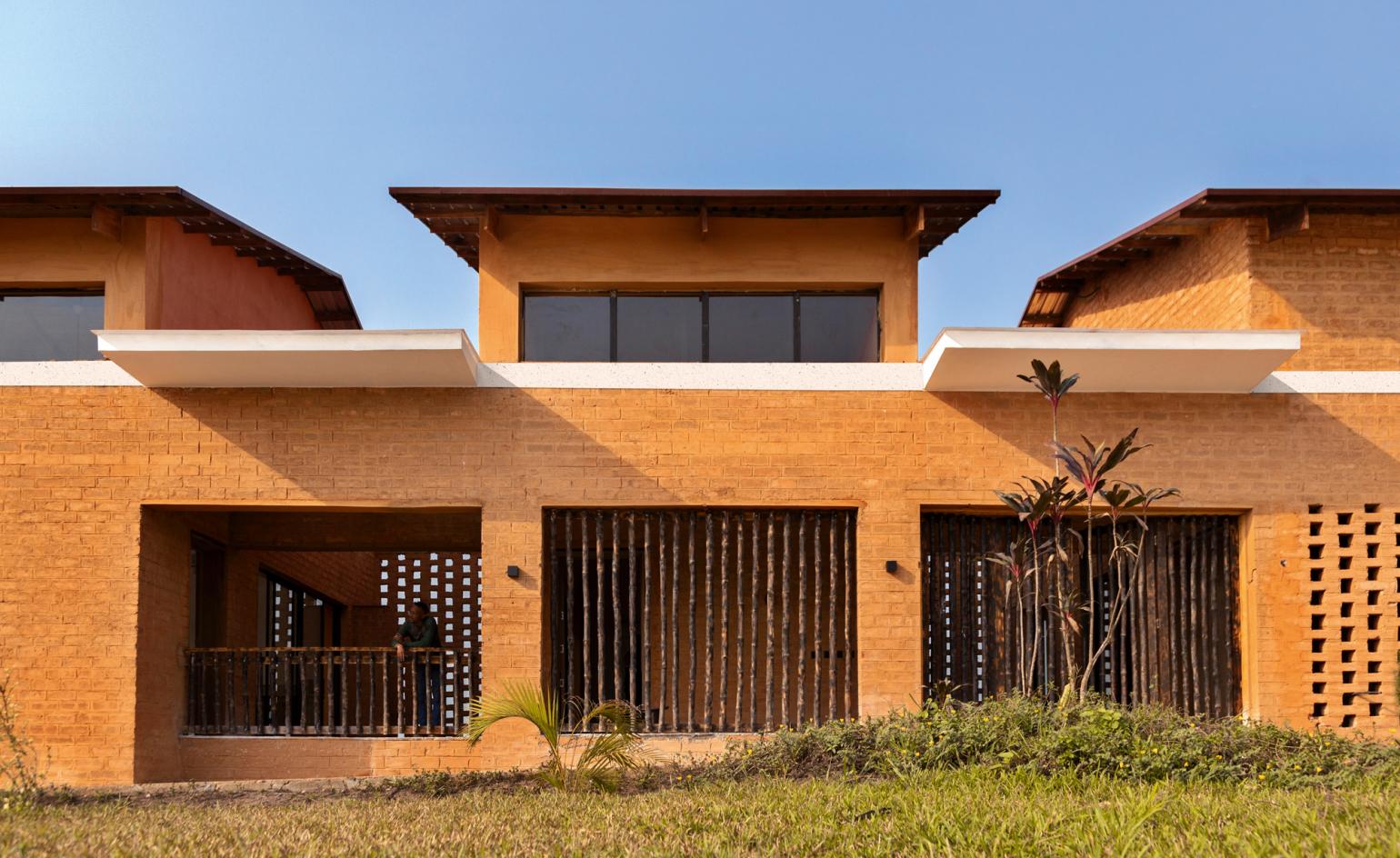 Sustainable architecture: 46 innovative and inspiring building designs
Sustainable architecture: 46 innovative and inspiring building designsThis is sustainable architecture at its best: from amazing abodes to centres of care and hard-working offices, these buildings not only look good but also do good
-
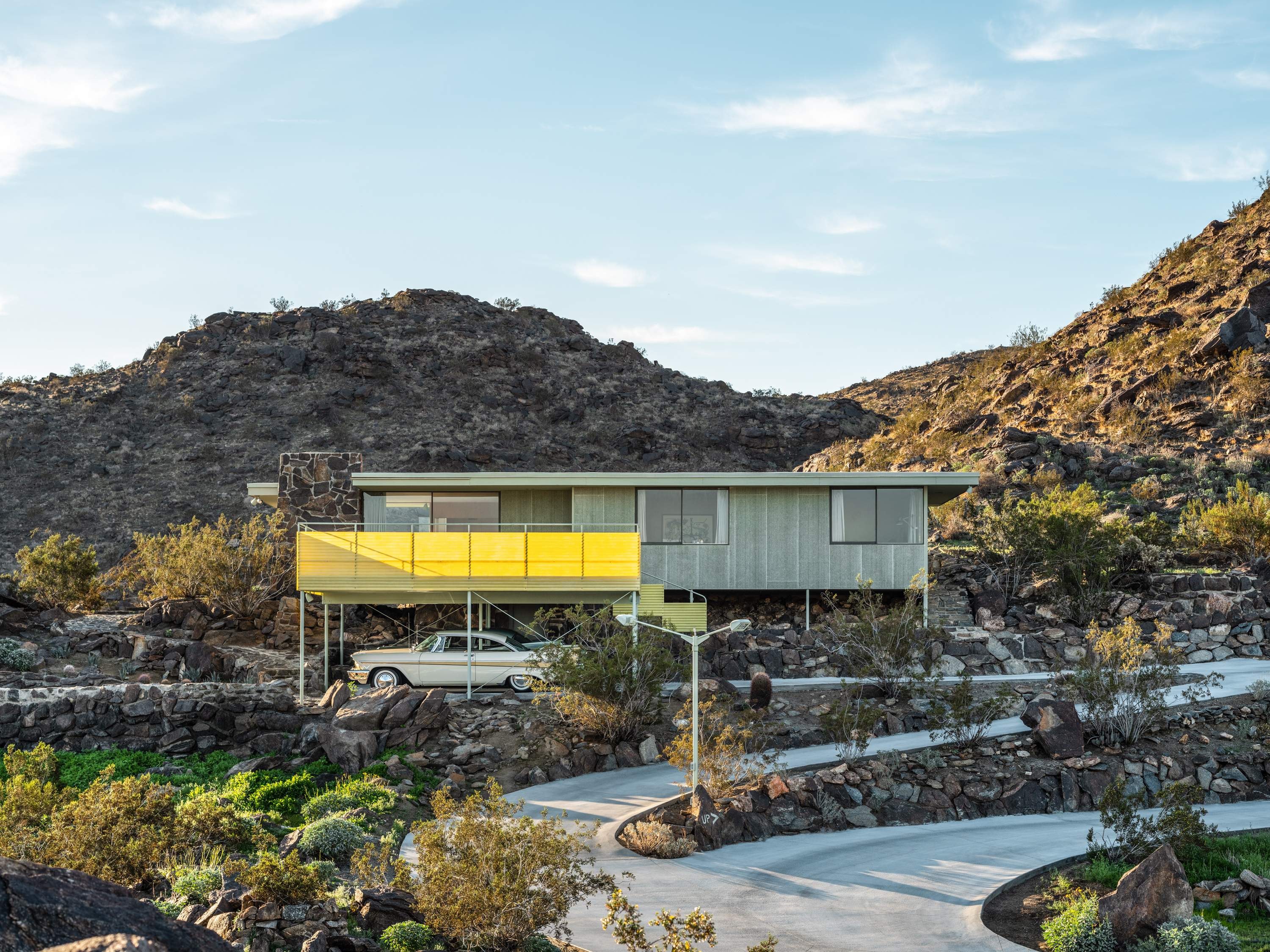 Modernist architecture: inspiration from across the globe
Modernist architecture: inspiration from across the globeModernist architecture has had a tremendous influence on today’s built environment, making these midcentury marvels some of the most closely studied 20th-century buildings; here, we explore the genre by continent